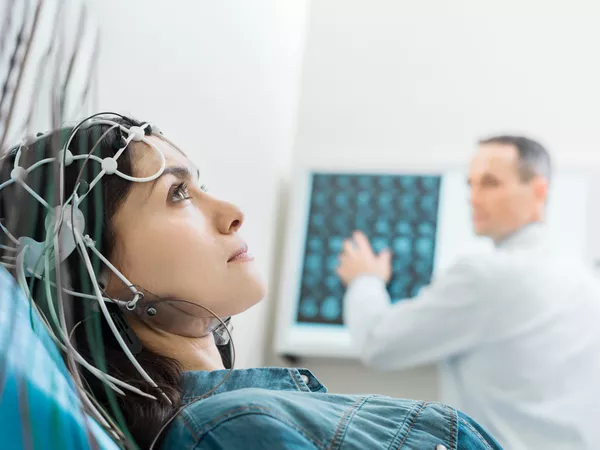EDITORIAL
Published on 01 Apr 2015
Future Scenarios for Levodopa-Induced Dyskinesias in Parkinson’s Disease
doi 10.3389/fneur.2015.00076
- 3,440 views
- 5 citations
18k
Total downloads
80k
Total views and downloads
You will be redirected to our submission process.
EDITORIAL
Published on 01 Apr 2015
REVIEW
Published on 15 Dec 2014
MINI REVIEW
Published on 24 Sep 2014
REVIEW
Published on 23 Sep 2014
REVIEW
Published on 18 Aug 2014
MINI REVIEW
Published on 05 Aug 2014
REVIEW
Published on 12 Jun 2014
REVIEW
Published on 20 May 2014
REVIEW
Published on 29 Apr 2014
PERSPECTIVE
Published on 09 Apr 2014
OPINION
Published on 20 Mar 2014
ORIGINAL RESEARCH
Published on 04 Feb 2014
